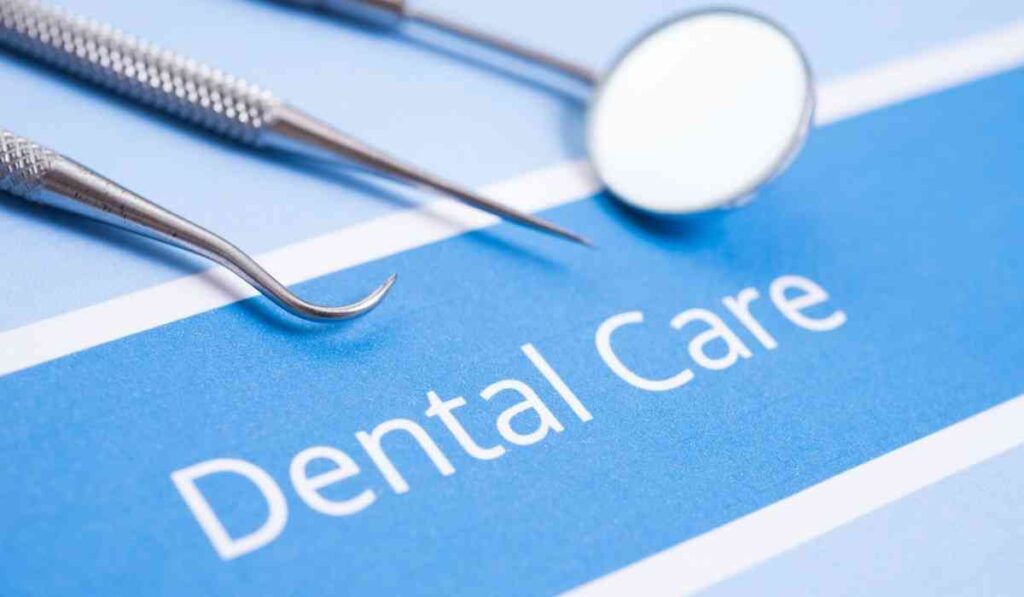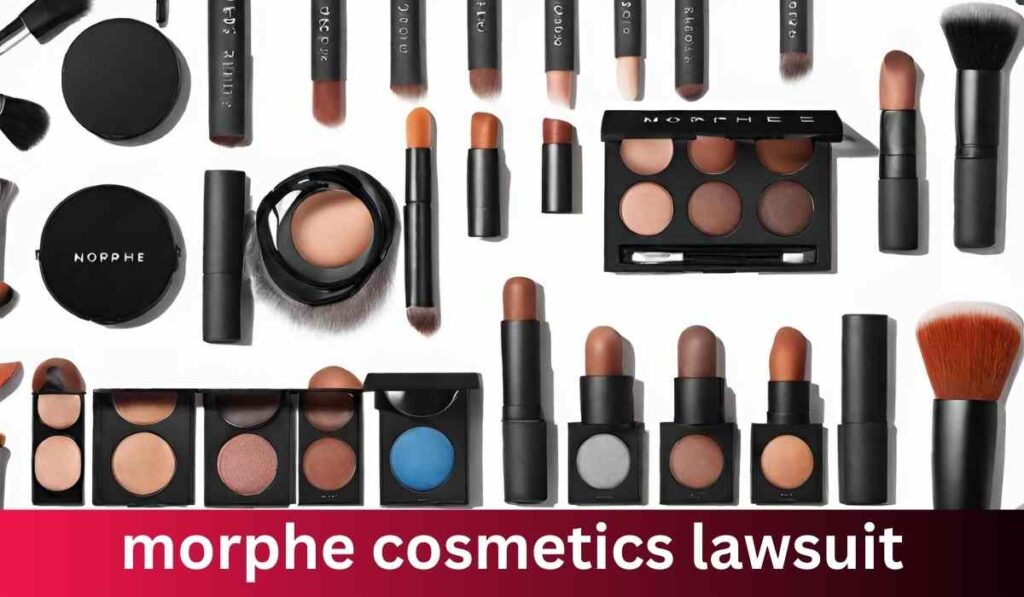Will Your Dental Insurance Cover Veneers?

In the realm of dental care, veneers have emerged as a highly sought-after option for individuals seeking to enhance their smile and elevate their self-assurance.
However, a prevailing query frequently hinders individuals from making a definitive choice:
“Will my dental insurance policy extend coverage to this particular treatment?”
In this comprehensive guide, we will delve into the intricate nuances of dental insurance in relation to veneers, equipping you with the necessary insights to empower your decision-making process concerning both your dental wellness and aesthetic procedures.
Explore the intricacies of dental insurance and veneers to navigate your way towards a confident and well-informed choice.
In this article you learned about the different types of dental insurance plans and how they may or may not cover veneers. You also learned about the importance of reviewing your specific plan’s coverage details, as well as considerations such as waiting periods and deductibles.
Additionally, we discussed alternative payment options for those without dental insurance coverage, including financing plans and discount programs.
One important thing to note is that even if your dental insurance plan does cover veneers, it may only partially cover the cost.
In this case, you may be responsible for paying the remaining balance out of pocket. It is important to fully understand your coverage and potential costs before proceeding with any treatment.
Furthermore, it’s essential to keep in mind that dental insurance plans often have limitations and exclusions when it comes to cosmetic
Understanding Dental Veneers and Their Benefits
What Are Dental Veneers?
Dental veneers are thin, custom-made shells crafted from tooth-colored materials, like porcelain, designed to cover the front surface of teeth.
They are bonded to the front of the teeth, changing their color, shape, size, or length, and can be a suitable solution for various dental issues, including discoloration, worn-down teeth, chipped or broken teeth, misaligned or uneven teeth, and gaps between teeth.
The Aesthetic and Functional Benefits of Veneers
The popularity of veneers stems from their ability to provide both aesthetic and functional benefits. Veneers can give you a whiter and more even smile, effectively hiding dental imperfections.
They also offer strength and resilience similar to natural tooth enamel, making them an excellent long-term option for smile enhancement.
Navigating Your Dental Insurance Coverage for Veneers
Understanding Your Dental Insurance Plan

Not all dental insurance plans are the same, so understanding the specifics of your plan is crucial.
Some dental insurance plans provide coverage for veneers, while others may offer limited or no coverage at all. Typically, dental insurance falls under one of three categories:
Indemnity or Fee-for-Service Plans
These plans allow you to choose any dentist and the insurance provider pays a percentage of the fees they deem reasonable, up to a maximum allowed amount.
Preferred Provider Organization (PPO) Plans
With PPO plans, you are encouraged to use a network of dentists who have agreed to offer services at discounted rates. Out-of-network care is typically covered but at a lower percentage.
Health Maintenance Organization (HMO) or Capitation Plans
HMO plans can offer lower out-of-pocket costs but generally require you to have a primary care dentist and get referrals for specialists.
Determining the Extent of Your Coverage

When considering whether your dental insurance will cover veneers, you need to look out for terms such as “cosmetic dentistry exclusions” or “elective treatments not covered.”
If these terms are present, you’re unlikely to receive coverage for veneers unless there’s a clear medical need, such as a significant injury to your teeth.
Step-by-Step Guide to Checking Your Insurance Coverage
- Review your insurance policy documents or contact your insurance provider to request specific details about your plan’s coverage for cosmetic treatments like veneers.
- Confirm the annual maximum coverage for dental treatments, as this will dictate the maximum amount your insurer will pay for your veneers in a given year.
- Check for any waiting periods required before becoming eligible for certain benefits, which can impact when you can receive coverage for veneers.
- Be aware of deductibles and copayments, which are the out-of-pocket costs you’ll be responsible for when getting veneers or any other dental service.
- If you have a managed care plan, ensure the dentist you choose is in-network to maximize coverage and minimize costs.
Additional Considerations for Veneer Coverage
Even if your dental insurance offers some coverage for veneers, it may not cover the entire cost. You’ll likely need to consider the following additional factors:
- The quality and pricing of veneers your dentist offers can vary, affecting the out-of-pocket expenses.
- If your dental issues require treatment beyond veneers, such as orthodontic work, it can impact the overall cost and coverage.
- Pre-authorization for dental procedures like veneers may be necessary, so be sure to follow the steps required by your insurance plan to avoid surprises.
Maximizing Your Dental Insurance Benefits for Veneers

While dental insurance may not cover the full cost of veneers, there are strategies to maximize your benefits and minimize your expenses.
Tips for Maximizing Your Dental Insurance Coverage
- Schedule a consultation with your dentist to discuss all potential treatment options and costs before proceeding.
- If veneers are considered necessary for your dental health, provide as much supporting documentation as possible to your insurance provider to improve the likelihood of coverage.
- Timing can be everything. If you anticipate changes to your insurance coverage, consider starting the veneer process before the changes take effect.
Alternative Financing Options for Veneers
If your dental insurance offers little to no coverage for veneers, or the out-of-pocket expenses are higher than expected, alternative financing options can help manage the costs.
Many dental offices offer payment plans or financing through third-party providers like CareCredit that can break the cost of veneers into manageable installments.
The Role of Discount Plans in Veneer Costs
Dental discount plans are an alternative to insurance and can provide savings on various dental treatments, including veneers.
While they don’t cover treatments like insurance does, they can reduce the overall cost of veneers by providing discounted rates through participating dentists.
The Future of Veneer Coverage and Cosmetic Dentistry
The relationship between dental insurance and cosmetic dentistry, including veneers, continues to evolve. As the demand for cosmetic dental procedures increases, some insurers are revisiting their coverage options.
With the rapid advancement of dental technology and materials, future policies might see changes that reflect the dual nature of veneers as both cosmetic and functional dental treatments.
What to Expect in the Coming Years
Looking ahead, it’s reasonable to expect more transparent and specific coverage options for cosmetic dental procedures.
These changes could stem from consumer demand, competition between insurance providers, or legislative interventions that prioritize dental health and access to quality care.
Advocating for Comprehensive Dental Coverage
If veneers or other cosmetic procedures are important to you, consider advocating for clearer and more inclusive dental insurance policies.
Engaging with your insurer, employer, or local policymakers can help drive conversations and potential changes in coverage.
Conclusion
The decision to get dental veneers is personal and can impact not just your smile but your financial well-being. Understanding your dental insurance coverage for procedures like veneers is an crucial part of the decision-making process.
By familiarizing yourself with the details of your insurance plan, exploring financing options, and staying informed about potential policy changes, you can make a confident and informed decision about your dental care and cosmetic treatments.
With this comprehensive guide, you are now equipped to explore the possibilities of veneers with the backdrop of your dental insurance coverage.
Remember that transparency and dialogue with your insurer and dental provider are key components of the process, ensuring that your smile transformation is as smooth and rewarding as possible.
Now, go out there and dazzle the world with your confident, radiant smile!
FAQs
What is the cheapest country to get veneers?
In Thailand, dental veneers cost only $40 to $50. Porcelain veneers on average cost between $920 to $2,500 per tooth in the United States. Porcelain veneers in Mexico are priced at $350 each. Mexico, Thailand, and Costa Rica happen to be some of the preferred dental tourism destinations for a relaxing beach vacation.
How many teeth do veneers cover?
Someone with a small mouth might only have six teeth visible during a smile and would only need six veneers. Patients with larger mouths can show a full 10 teeth and would need 10 veneers. For those whose bottom teeth are visible when smiling, an even greater number could be necessary.
Do veneers cover existing teeth?
Structurally, veneers cover the front tooth surface while leaving the rest of the original tooth intact. A crown procedure can also change the way teeth look. The main difference is that crowns are used when there is significant damage (such as wear) or when restorations such as a large filling is not appropriate.
Are veneers cheap in Dubai?
You can easily get veneers in Dubai because of its higher accessibility and demand. The price generally starts from AED 800 (and can go beyond) for each tooth. The higher the cost, the longer-lasting results will be. Take an appointment with an experienced dentist to get what you want.
What is the most common type of dental insurance?
According to the National Association of Dental Plans, Dental PPO plans are the most predominant type of plan in the U.S. market; 82 percent of all dental policies are PPOs.






















































































































































![[noblocc] Kicked For Being AFK](https://everytalkin.com/wp-content/uploads/2024/02/noblocc-Kicked-For-Being-AFK-Strategies-in-Online-Gaming-1024x597.jpg)







































































































































































































